The evidence is clear: traditional forms of advertising aren’t as effective as they once were. Around 80% of US adults use at least one ad-blocking method, so if you’re using standard display ads, you’re probably not getting their attention. To reach your target audience, you need to incorporate a native advertising strategy into your overall marketing plan.
Native advertising works: most people see native ads as more trustworthy and engaging than traditional ads. And, they’re more likely to pay attention to native ad content – you get more clicks and sales from native ads compared to other ad formats.
This guide shows you how to get started with your native advertising strategy.
38 Case Studies From Brands That Have Succeeded With Taboola
What makes a good native advertising strategy?
Native advertising is now a more effective lead-generation tool for businesses than traditional advertising. In fact, eMarketer predicts that in the United States , US$44 billion will have been spent on native advertising campaigns in 2019.
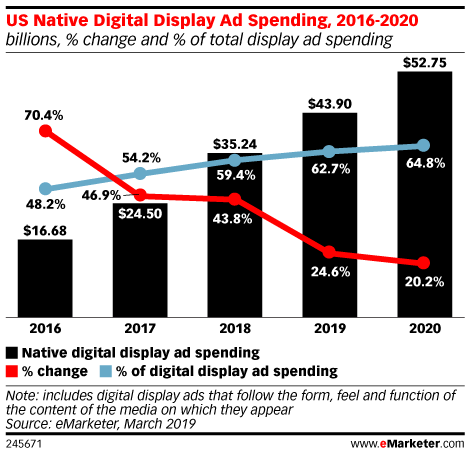

When thinking about your native advertising strategy, consider:
- Who your audience is
- What you want to achieve, such as increasing brand awareness, generating leads, or achieving sales
- What content will help you meet your goals (think interesting, valuable, and relevant, rather than hard sell)
- Which platforms you’ll run your native ad campaigns on (such as publisher sites or social media)
- What type of native ad campaigns you’ll run (content discovery, in-feed ads, recommendation widgets, video campaigns, paid search)
- How you will measure success
7 Steps to a Successful Native Advertising Strategy
Trying out a new marketing strategy is sometimes daunting, especially if you’ve established your current approach. But it’s easy to get started with native ad campaigns, and you won’t have to blow a hole in your budget to do so. Here are the steps you need to follow:
1. Set Campaign Goals
Like all marketing, building a native advertising strategy starts with goal setting. Be clear about what you want to achieve with your native ad campaigns.
Typical goals include:
- Generating leads
- Getting more sales
- Acquiring newsletter subscribers or site members
- Boosting website traffic
- Increasing brand visibility
You can also think of your goals as performance goals that use content to drive conversions, or awareness goals that look at how many people view your content and how long they spend doing so.
However you describe them, make your native ad campaign goals specific. It’s not enough to say that you want to get more newsletter subscribers, for example. You should know how many subscribers you want, and set a deadline for reaching that goal.
2. Define your Target Audience
The next step is to define the audience you want to target. You may have some idea of the people you want to reach, based on your buyer personas. This is a good starting point, but native ads can also showcase content to people who’ve never heard of your brand, but who are open to reading helpful information involving it.
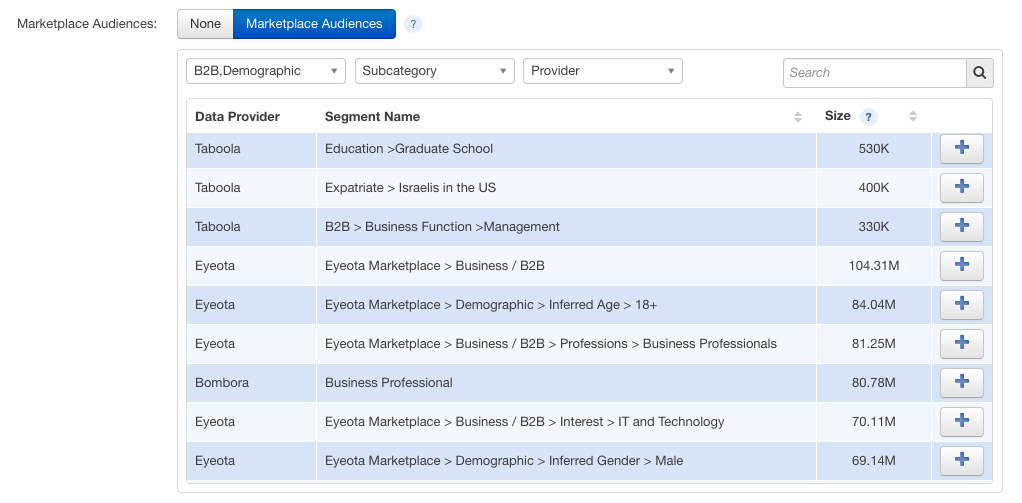
So, it’s wise to keep targeting minimal at the start. If you don’t pre-judge the outcome, you get to see who’s responding to your ads. As your native advertising strategy progresses, you can target ads by age, gender, interests, location, device usage, buyer intent, and more. This ensures that you target the right people, with the right content, on the right devices, in the right places, at the right time.
3. Select the Right Publishers
Platforms such as Taboola give you access to thousands of publisher websites that run native ad campaigns. As part of your native advertising strategy, you might choose to work with traditional or new-media publishers, or a mix of both. What’s important is that they’re a good fit for your native ad campaigns.
To establish this, look at reach: the size of the audience that could potentially view your content. Also look at relevance: whether the site’s content and audience demographics match the people you want to reach.
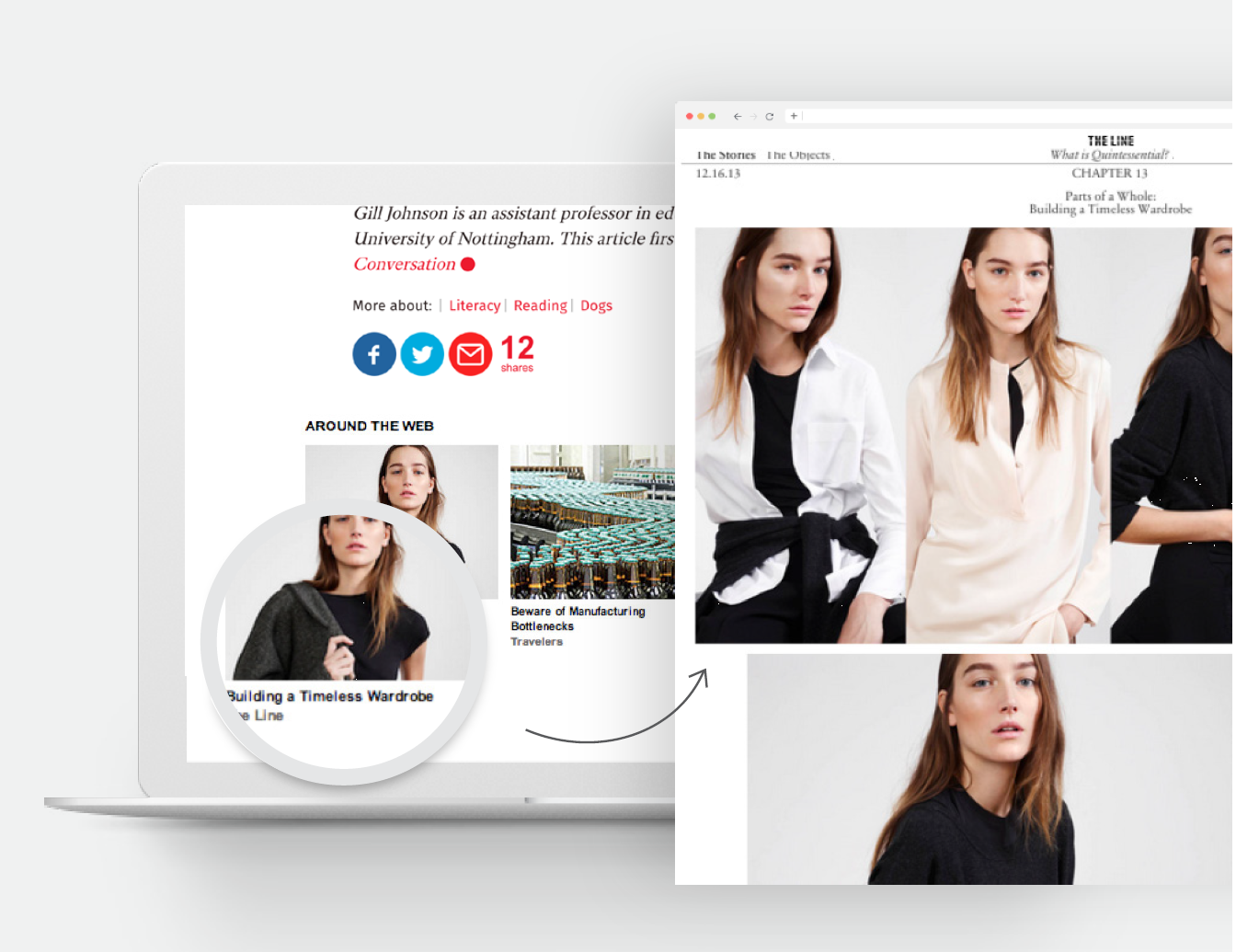
In addition, there’s filtering available for the publishers’ sites that determine where you’ll display your native ads. You can target publishers by location, device and more. Once your campaign starts running, pay attention to your stats, then tweak the publisher mix till you get it right.
4. Identify Valuable Content
Content is at the core of any native advertising strategy, but you must shift your mindset. Instead of thinking like an advertiser, think like a reader, and consider what appeals to your target audience.
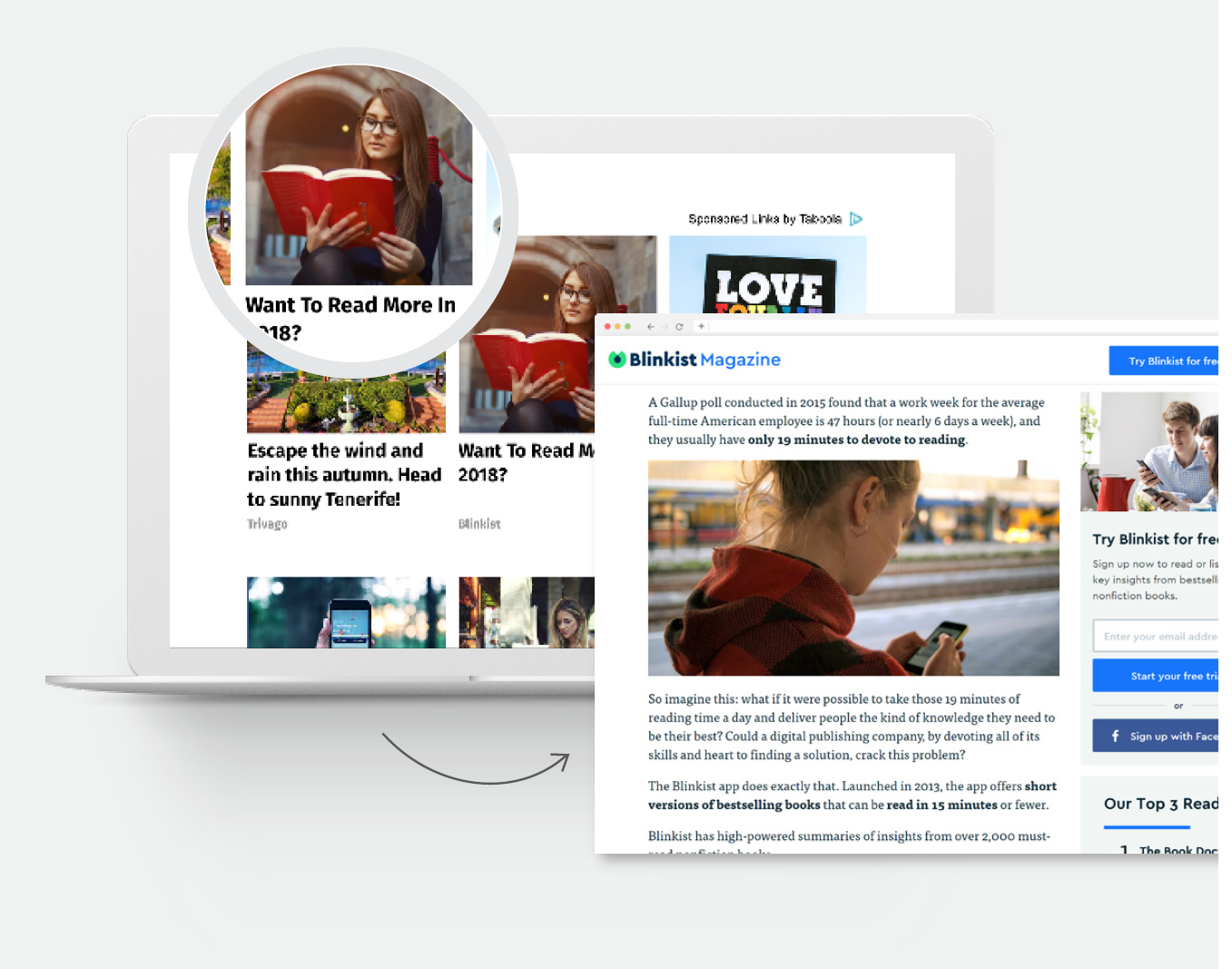
If you aim for content that’s informative, relevant and dripping with value, you’re on the right track. If you don’t have the right content, create it and make your native ad strategy more effective.
Content to consider includes:
- Useful content to educate and inform people, and help them get to know your brand (top of funnel)
- Content targeted at lead generation for particular products or services, but still informative (middle of funnel)
- Content to drive sales (bottom of funnel)
Learn more about funnels in our lead-generation guide.
5. Build Appealing Creatives
Once you’ve identified your campaign content, it’s time to create your ads. Titles and thumbnails are key. They’re your only chance to grab readers’ attention and make them click through.
It’s worth experimenting with different combinations until you discover what works best for your target audience. The same URL might need a different title or thumbnail image, for example, depending on your audience or location.
If you need some help, use the Taboola Trends tool to identify native advertising best practices for different audiences and niches. Or see our roundup of native advertising examples for more inspiration.
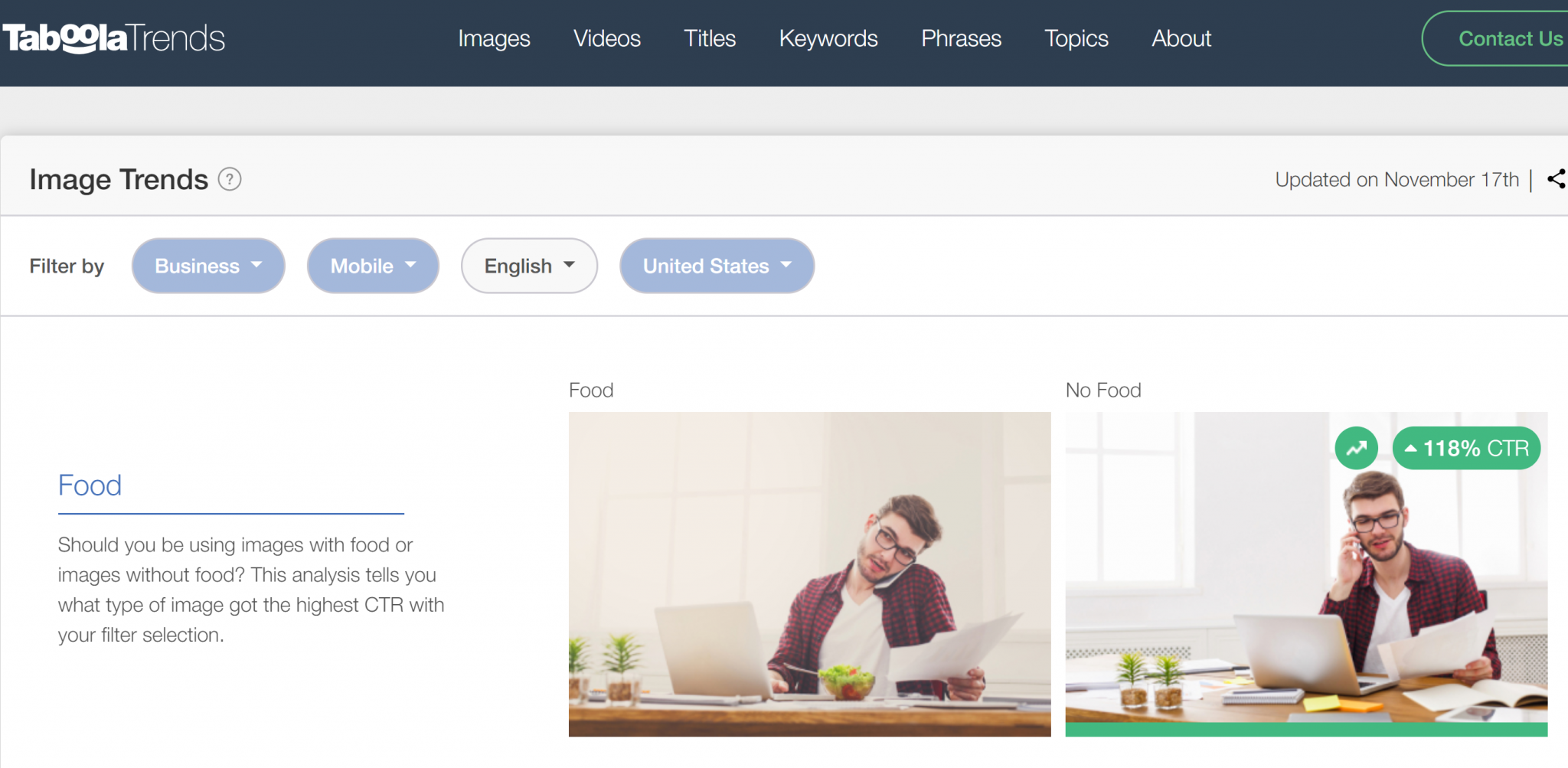
6. Allocate Campaign Spend
CPC – or cost per click – is the amount you spend every time someone clicks on your campaign items. Start by identifying what your ideal CPC is, and your spending limit –how much you want to spend overall.
You can get useful traffic for a spend of between $50 and $100 a day, but at the start of your native ad campaign it’s wise to go for a high CPC. This gets your content in front of more people, and gives you more data to work with when you’re ready to optimize your campaigns.
7. Track, Test and Tweak
Whether you’re running a native advertising agency, or going it alone, creating an effective native advertising strategy isn’t ‘set it and forget it.’ It’s essential to monitor your native ad campaigns to ensure they’re achieving your goals.
Check data daily, especially at the start, so you can experiment if things aren’t working out the way you want. You can A/B test headlines and images, for example, to get the most effective combination for each campaign.
Follow these seven steps, and you’re set for a successful and effective native advertising strategy for improving brand awareness, attracting leads and making sales. Get started with Taboola’s native advertising.